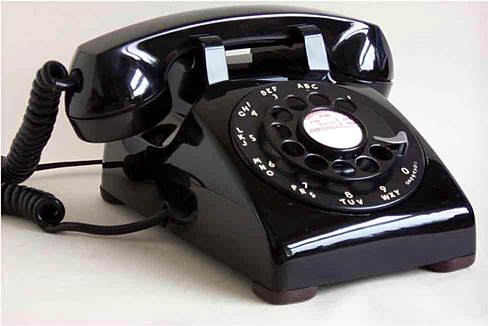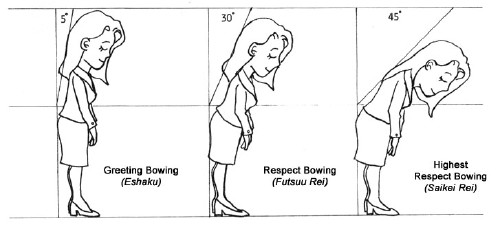Tips for Understanding Nonverbal Communication
- Recognize that people communicate on many levels. Watch their facial expressions, eye contact, posture, hand and feet movements, body movement and placement, and appearance and passage as they walk toward you. Every gesture is communicating something if you listen with your eyes. Become accustomed to watching nonverbal communication and your ability to read nonverbal communication will grow with practice.
- If a person’s words say one thing and their nonverbal communication says another, you are wont to listen to the nonverbal communication – and that is usually the correct decision.
- Assess job candidates based on their nonverbal communication. You can read volumes from how the applicant sits in the lobby. The nonverbal communication during an interview should also elucidate the candidate’s skills, strengths, weaknesses, and concerns for you.
- Probe nonverbal communication during an investigation or other situation in which you need facts and believable statements. Again, the nonverbal may reveal more than the person’s spoken words.
- When leading a meeting or speaking to a group, recognize that nonverbal cues can tell you:
--when you’ve talked long enough,
--when someone else wants to speak, and
--the mood of the crowd and their reaction to your remarks.
Listen to them and you’ll be a better leader and speaker.
Understanding nonverbal communication improves with practice. The first step in practice is to recognize the power of nonverbal communication. I’m sure you’ve had gut feelings that what a person said to you was untrue. Listen to your gut. Along with your life experiences, training, beliefs and all that make up your past, it’s your inner expert on nonverbal communication.
This is very important in our daily life, a slightest misunderstanding could cause conflict.












